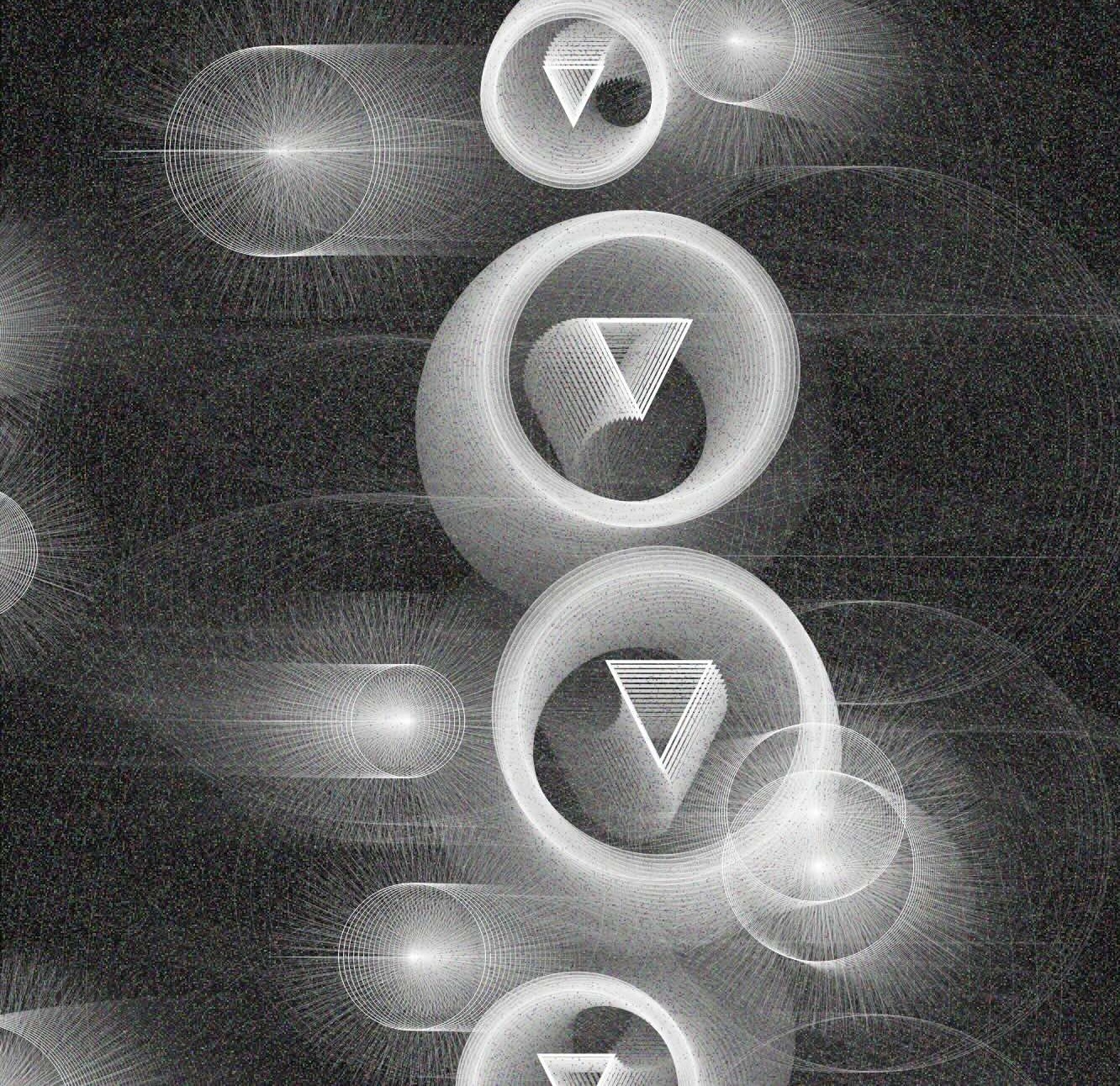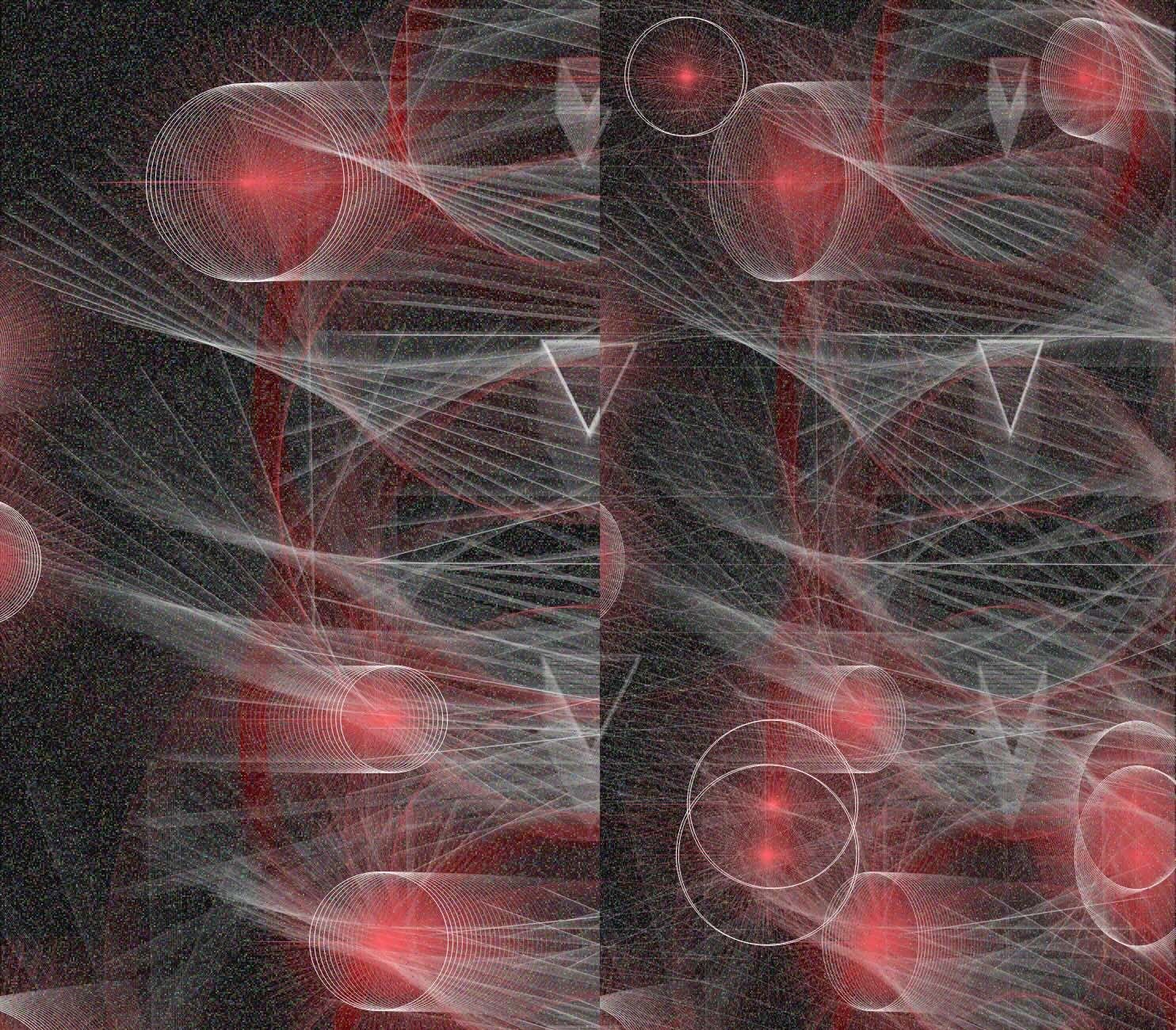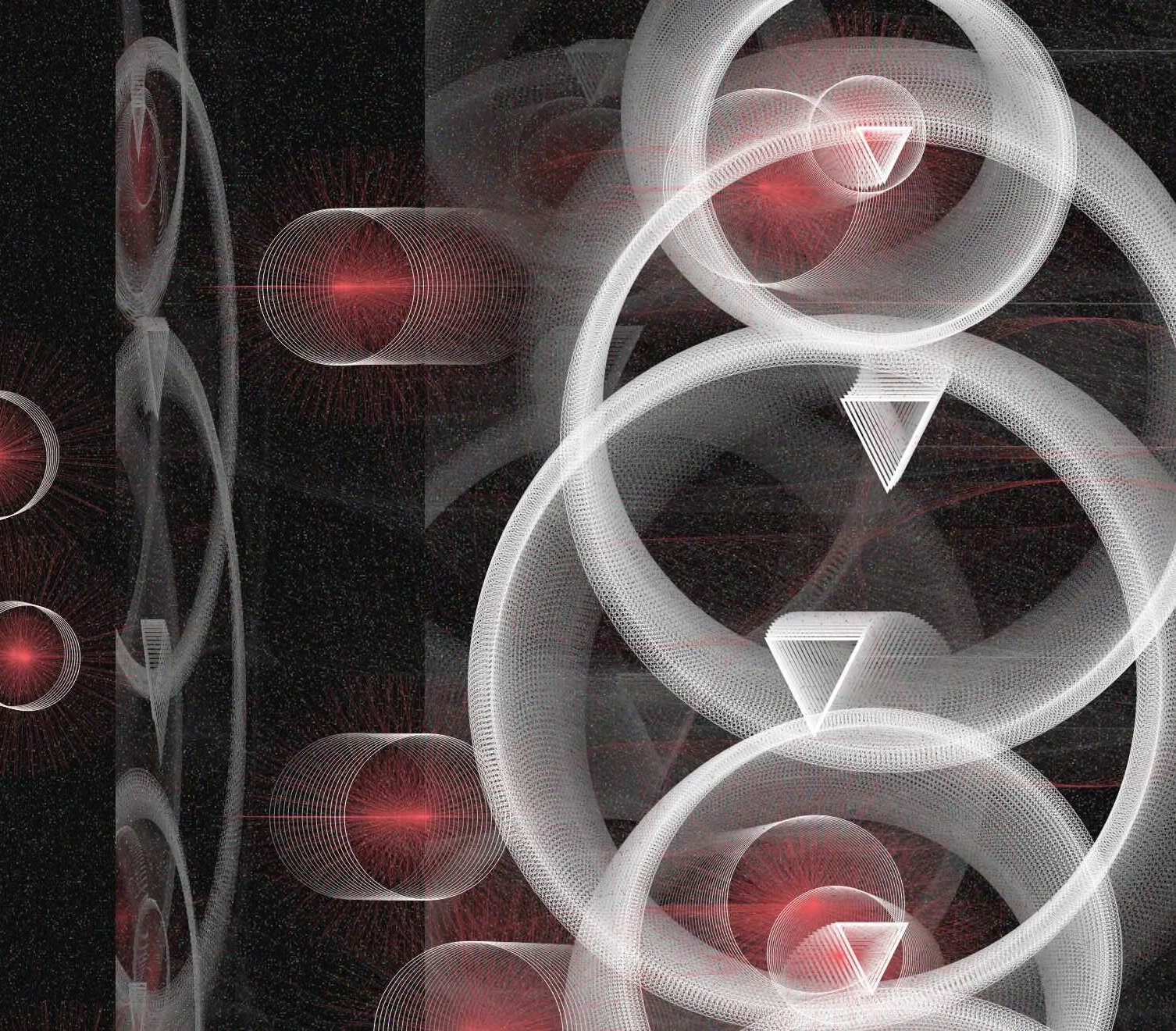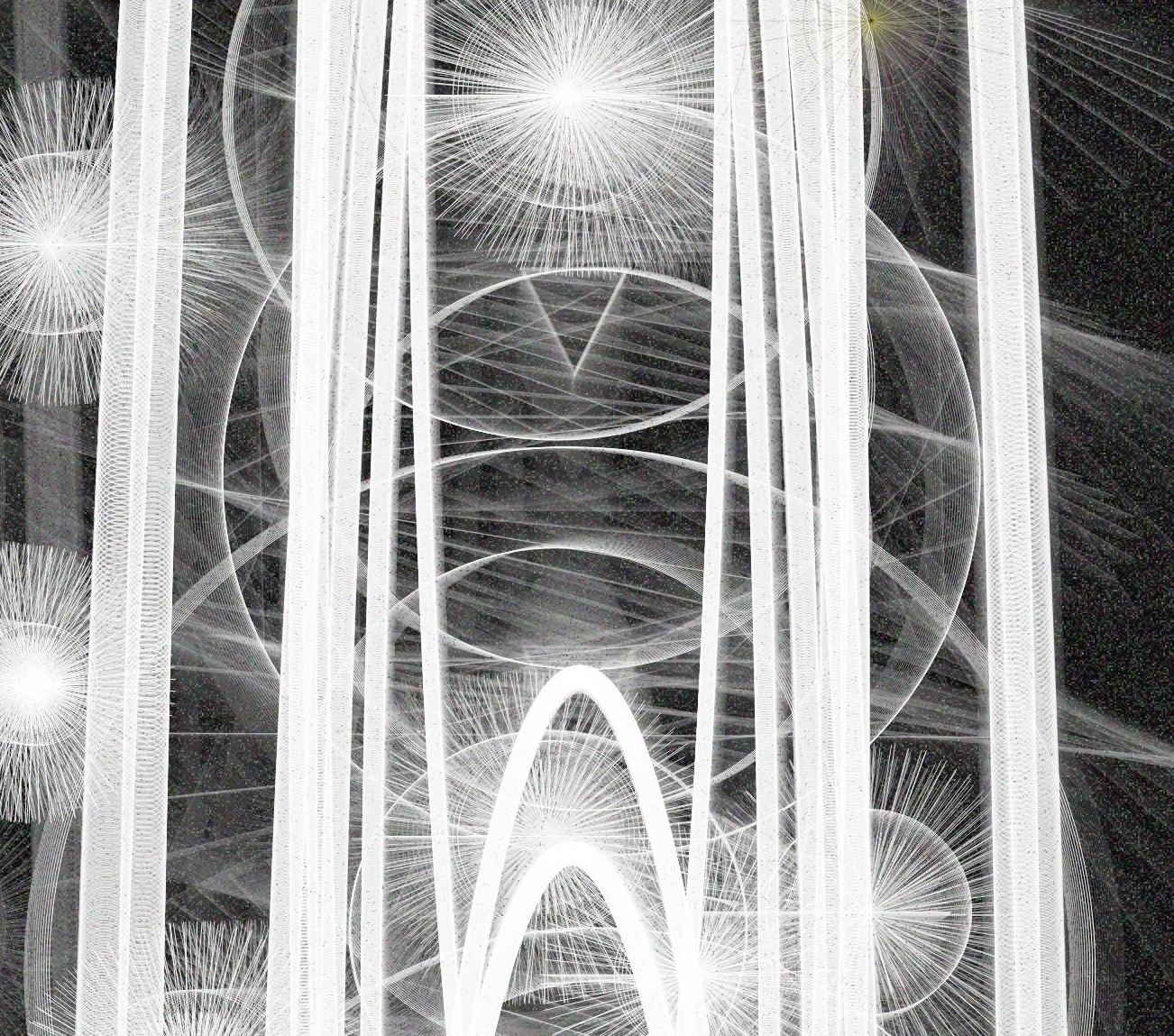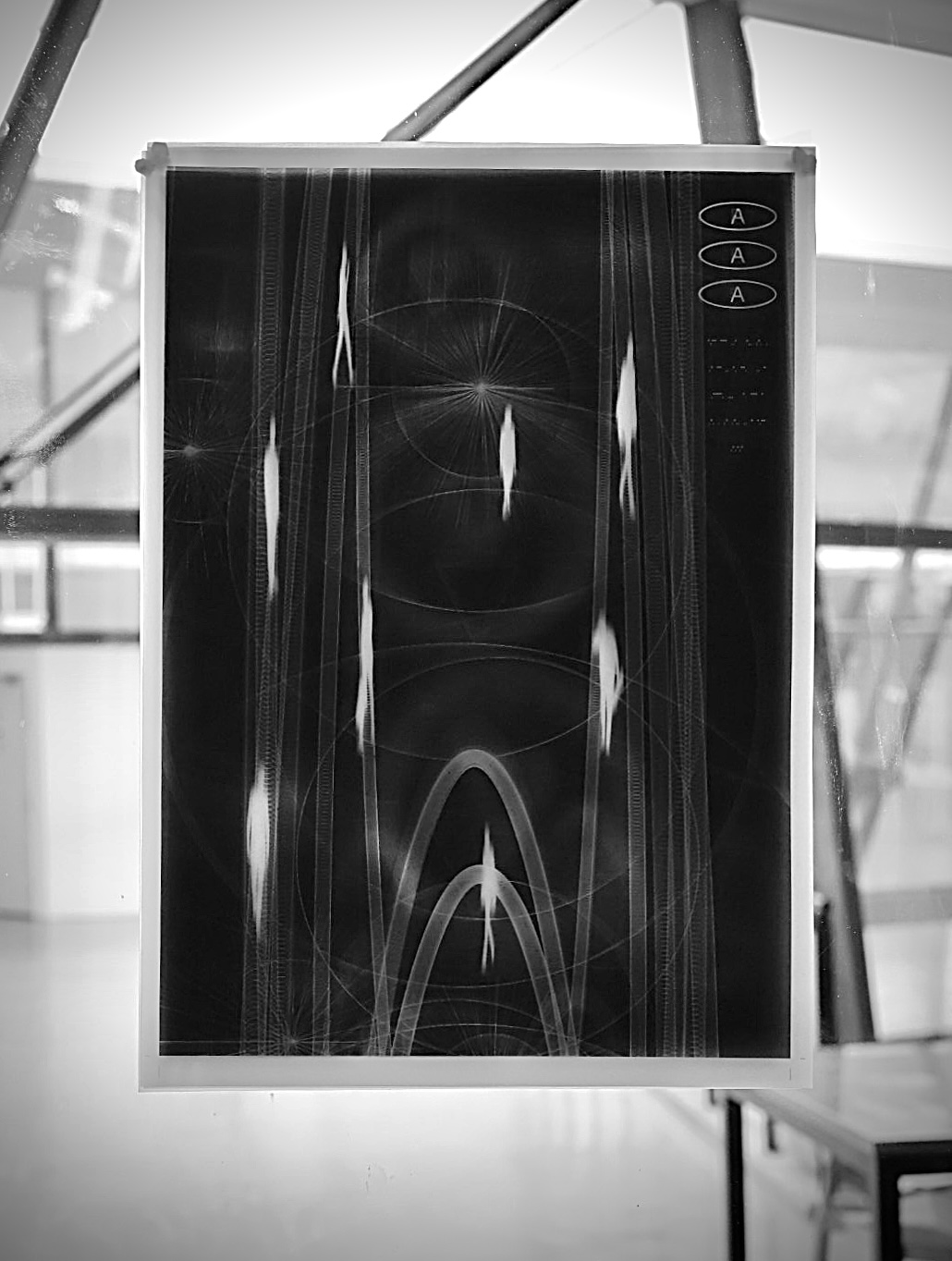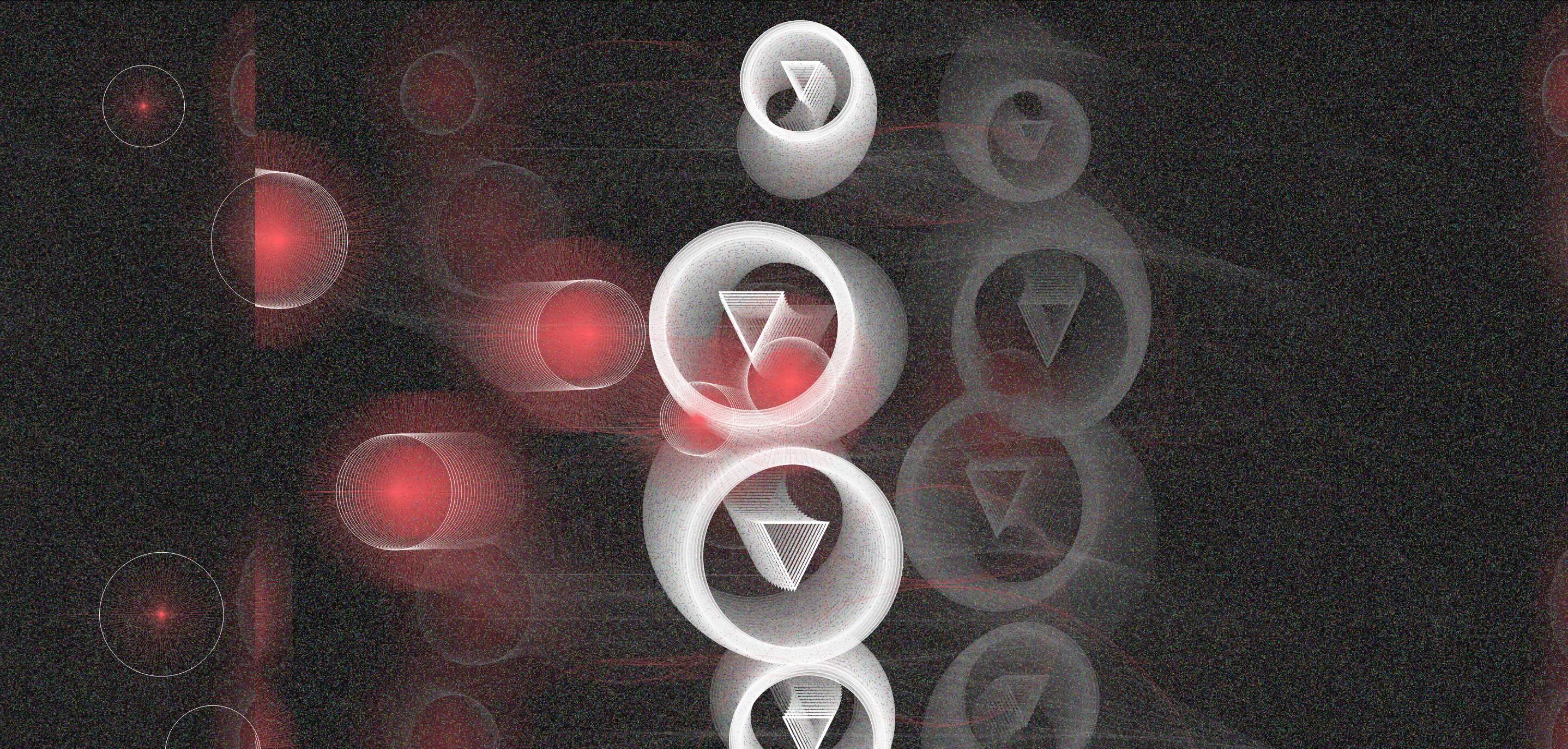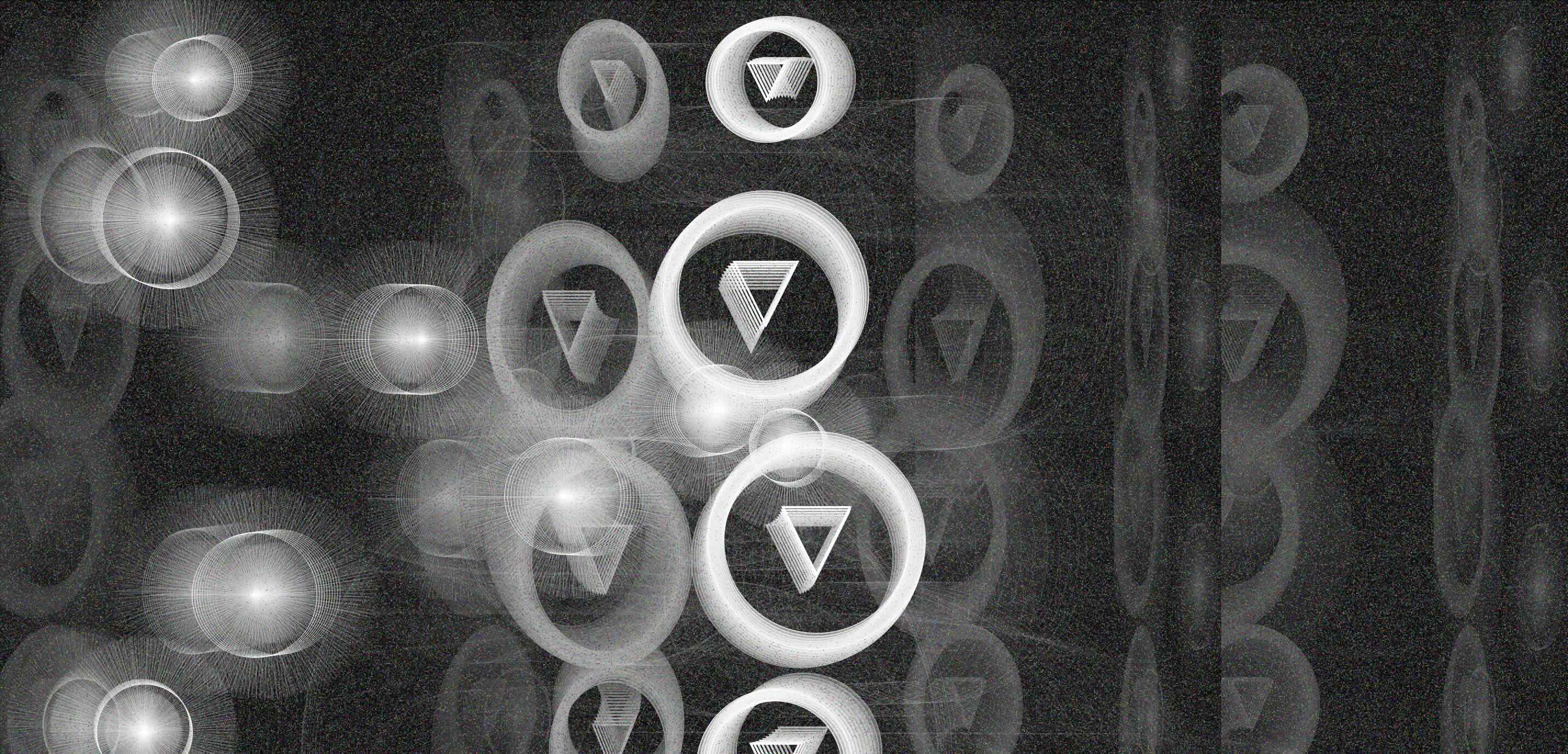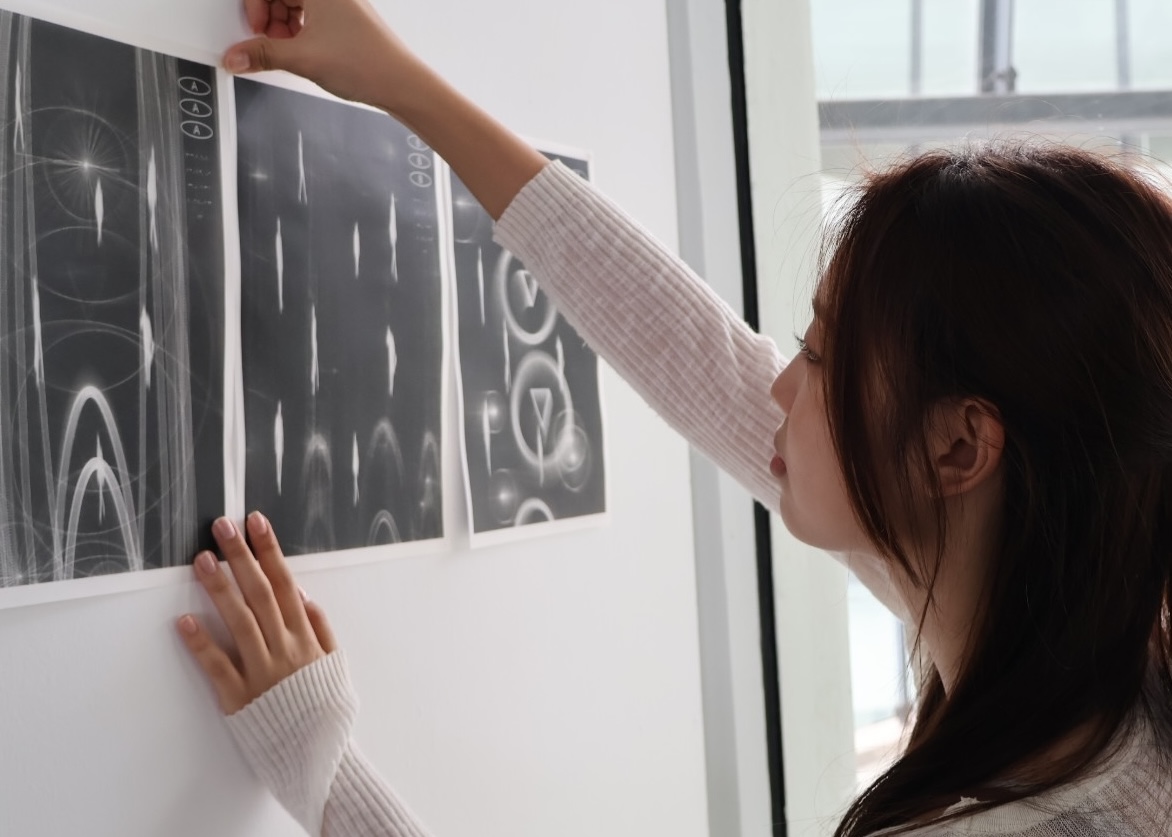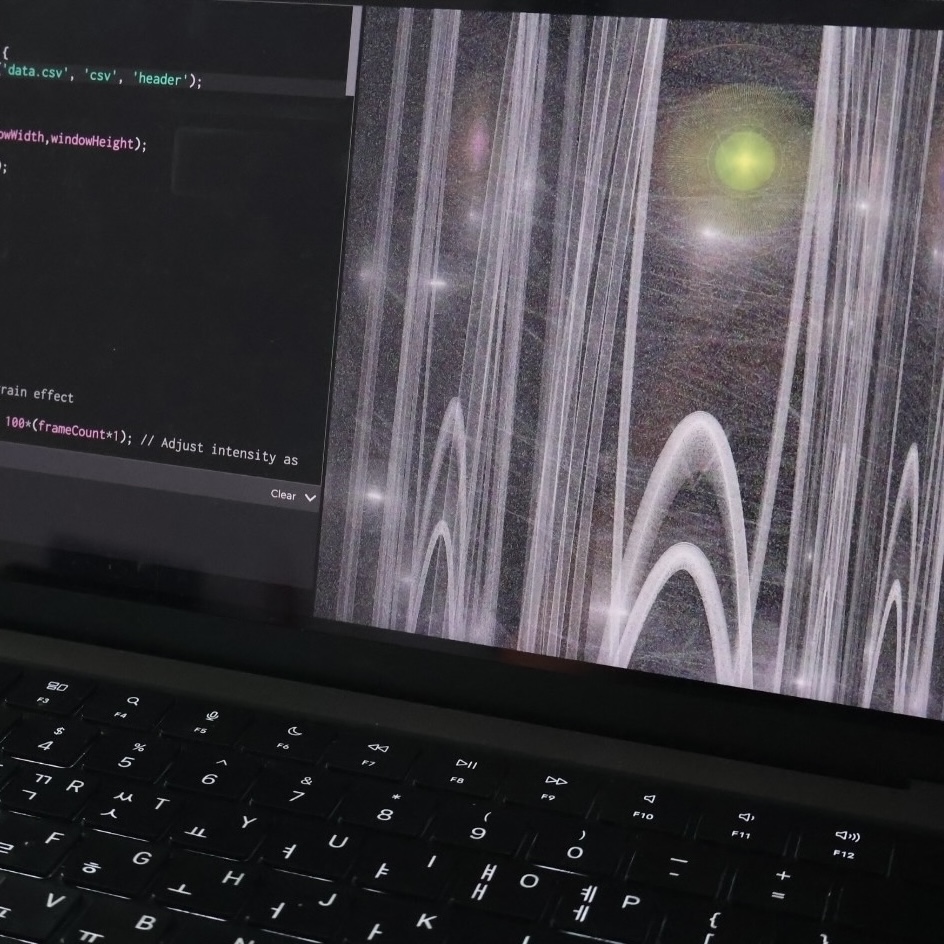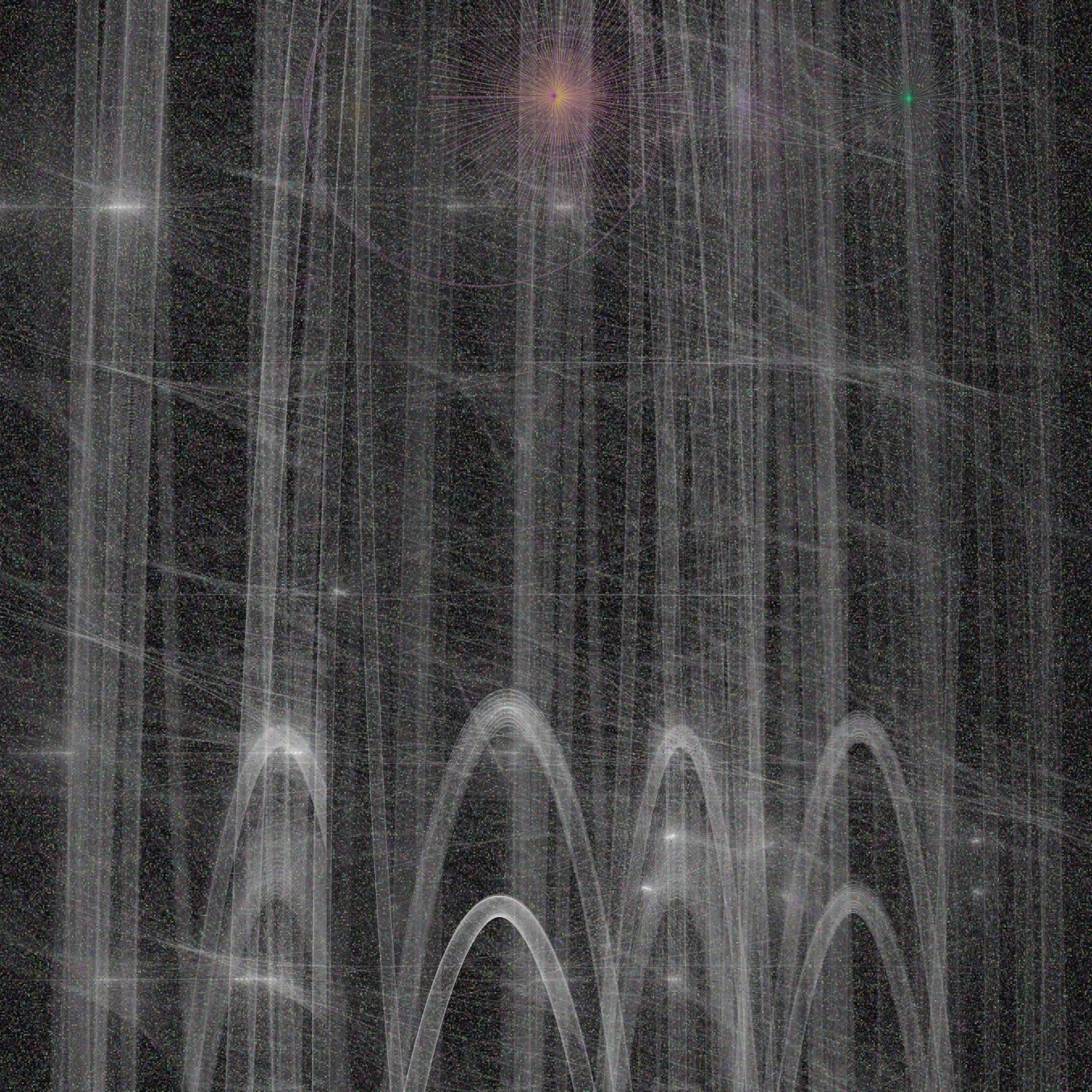몽롱함(Haziness)
The Korean word "몽롱하다" describes the sensation of haziness or dazedness, often experienced in dream states or moments of sleepiness. This experiment seeks to capture that feeling through the creation of textural visuals in p5.js. Using the body rhythm data (breath, pulse, and blink patterns) collected from students during Experiment 1, We translated these subconscious signals into abstract, fluid textures that evoke the sense of "몽롱함."
Tools: P5.js
The visuals represent the shifting, hazy boundary between consciousness and the dream state, where clarity fades and dream logic takes over. By using generative design techniques in p5.js, the textures continuously evolve, much like the surreal flow of dreams in REM sleep.
REM sleep?
Lucid dreams mainly occur during REM(Rapid Eye Movement) sleep, which is a deep sleep stage characterized by eye movement, faster breathing, and high brain activity. Plus, during this state, heart rate can be influenced by the contents and intensity of the dreams.
Variations
-

Base visuals of each data -
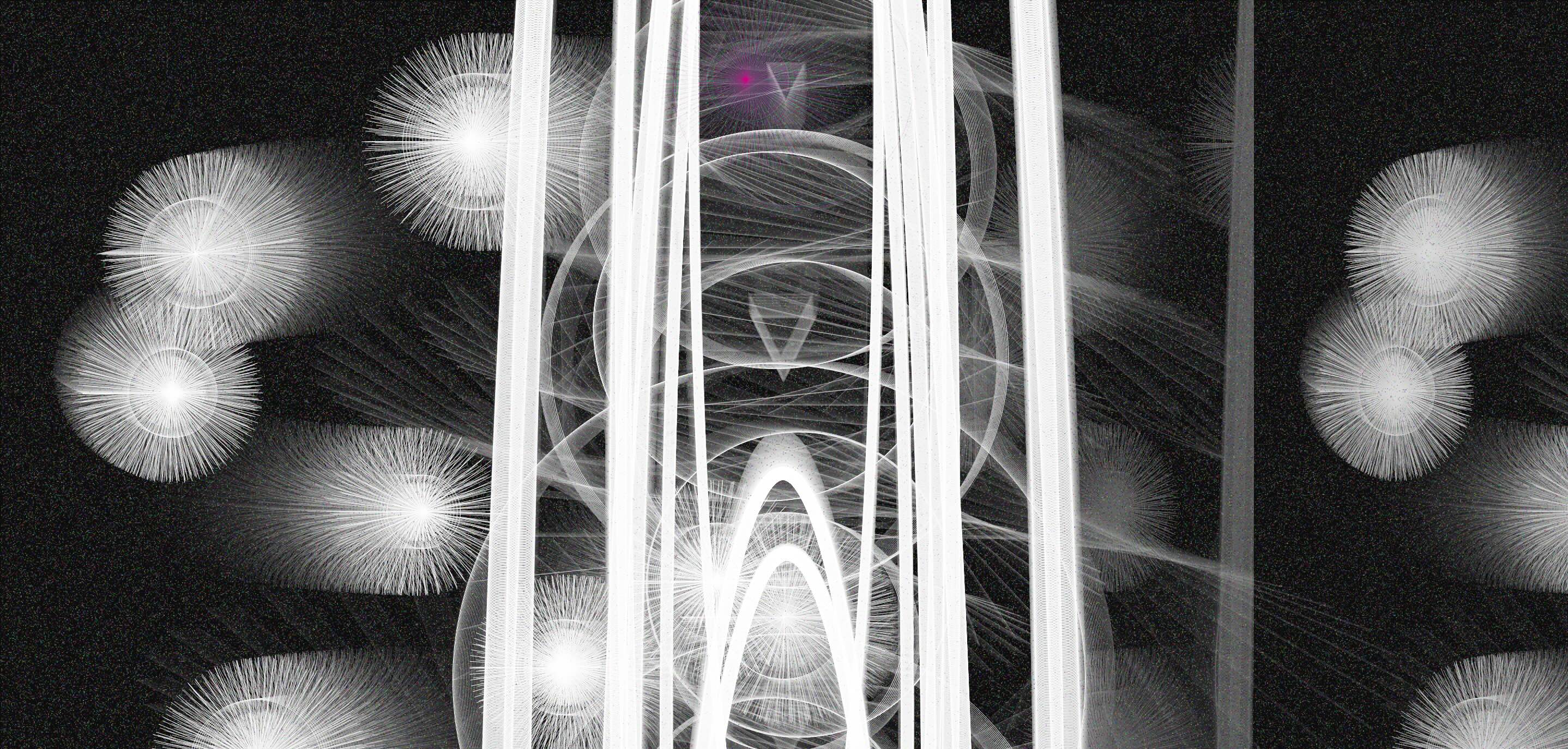
Long-exposed visual
-
Because of the background transparency set in the looping line (draw), the movement leaves traces, with its increasing noise. Even with the same codes, between the visuals of the first play and the longer exposition one creates totally different atmosphere, mirroring the depth and intensity of the dream.
Watch the difference!
-
Physical Outcomes
-
We created two different types of poster series. We printed them on different paper with different methods for more dynamic and interactive visuals.
- 1st
Posters 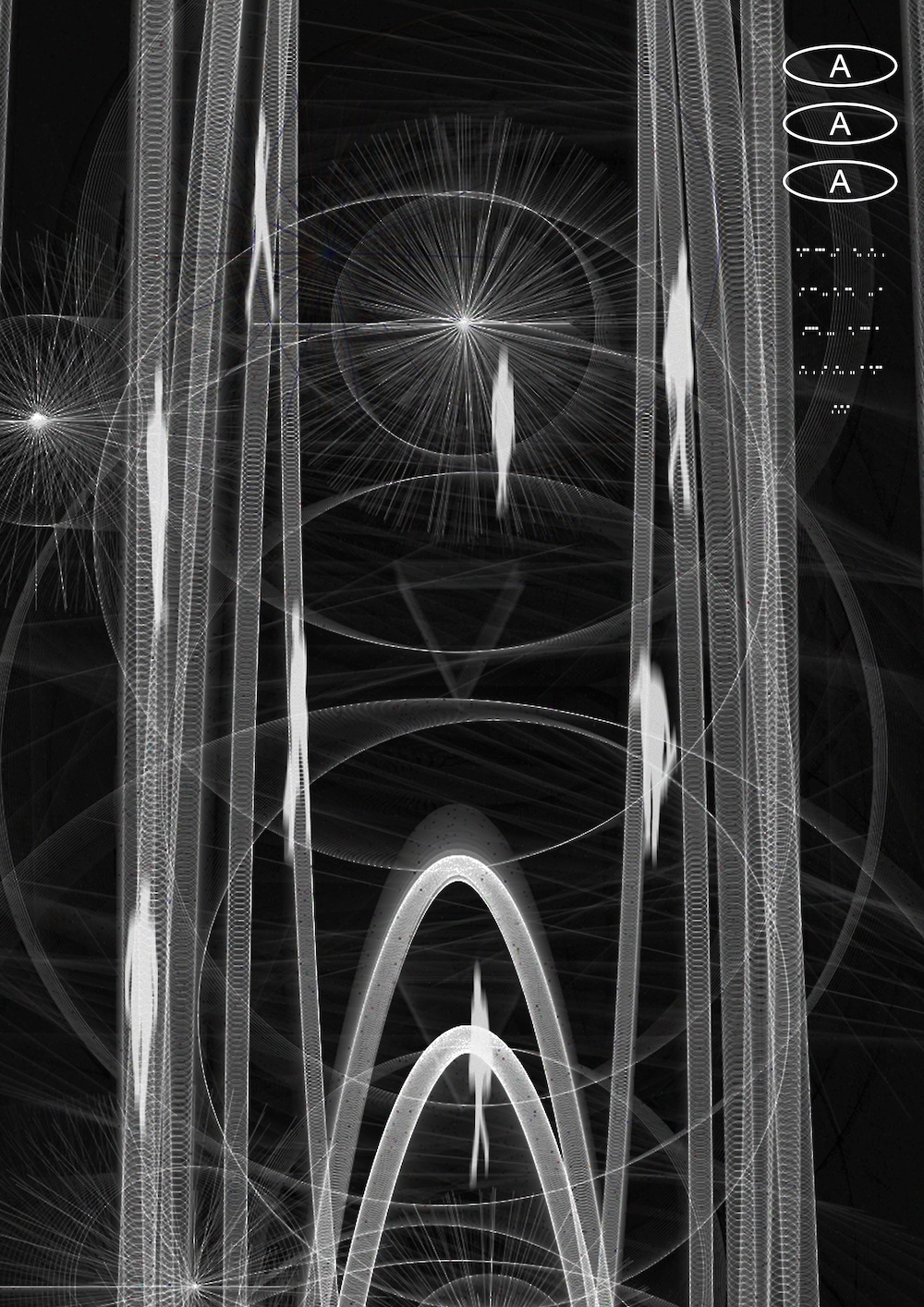
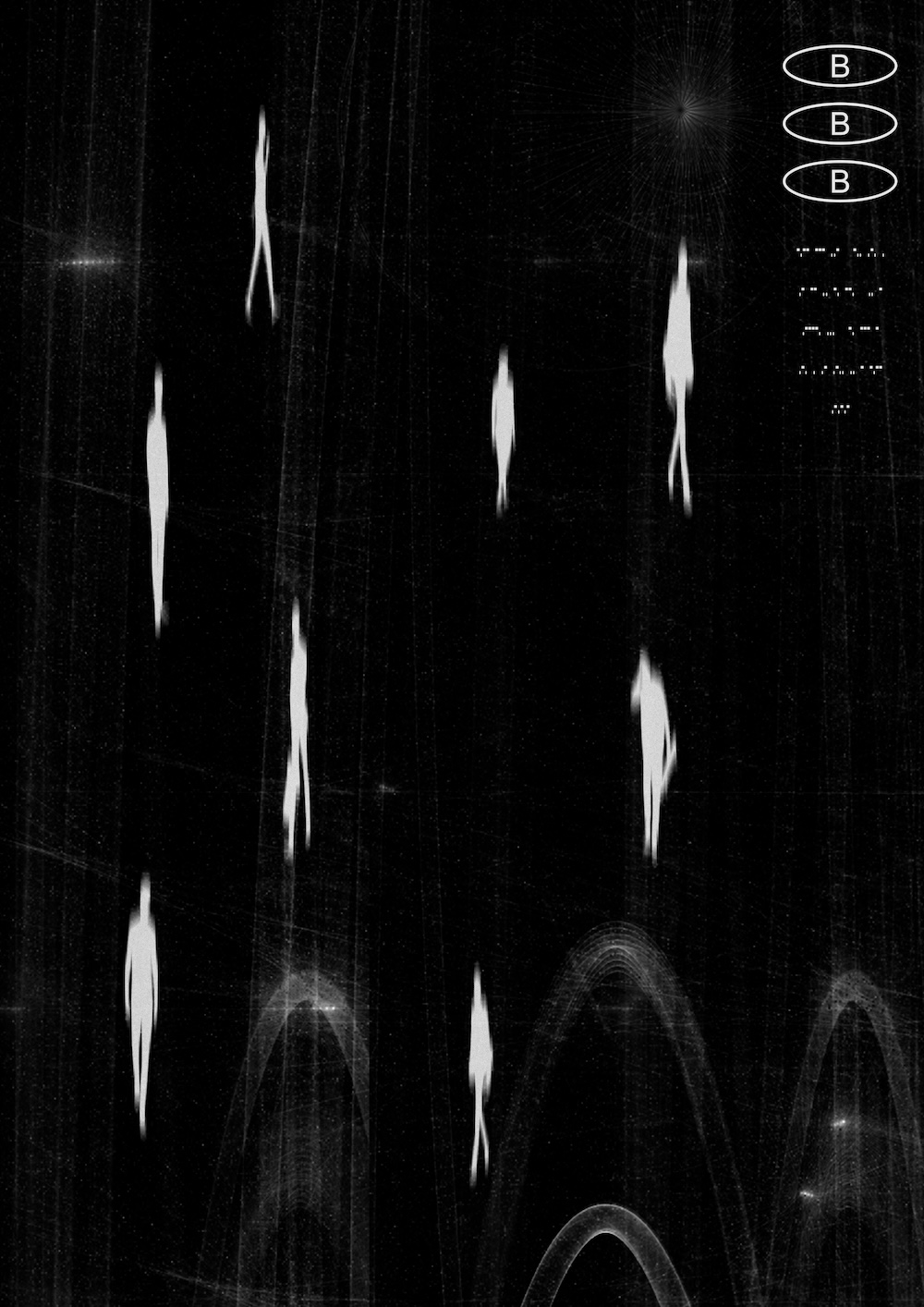
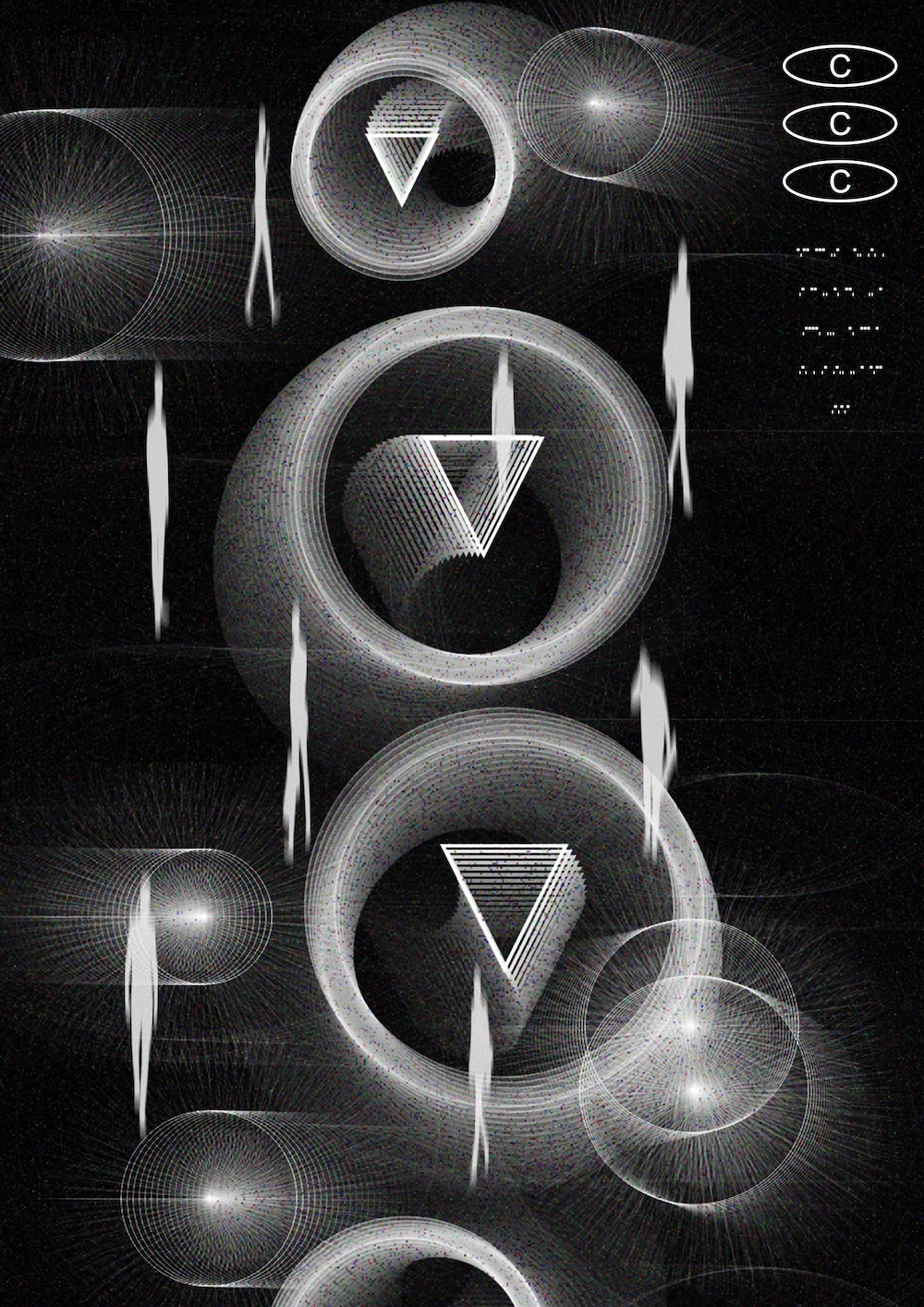
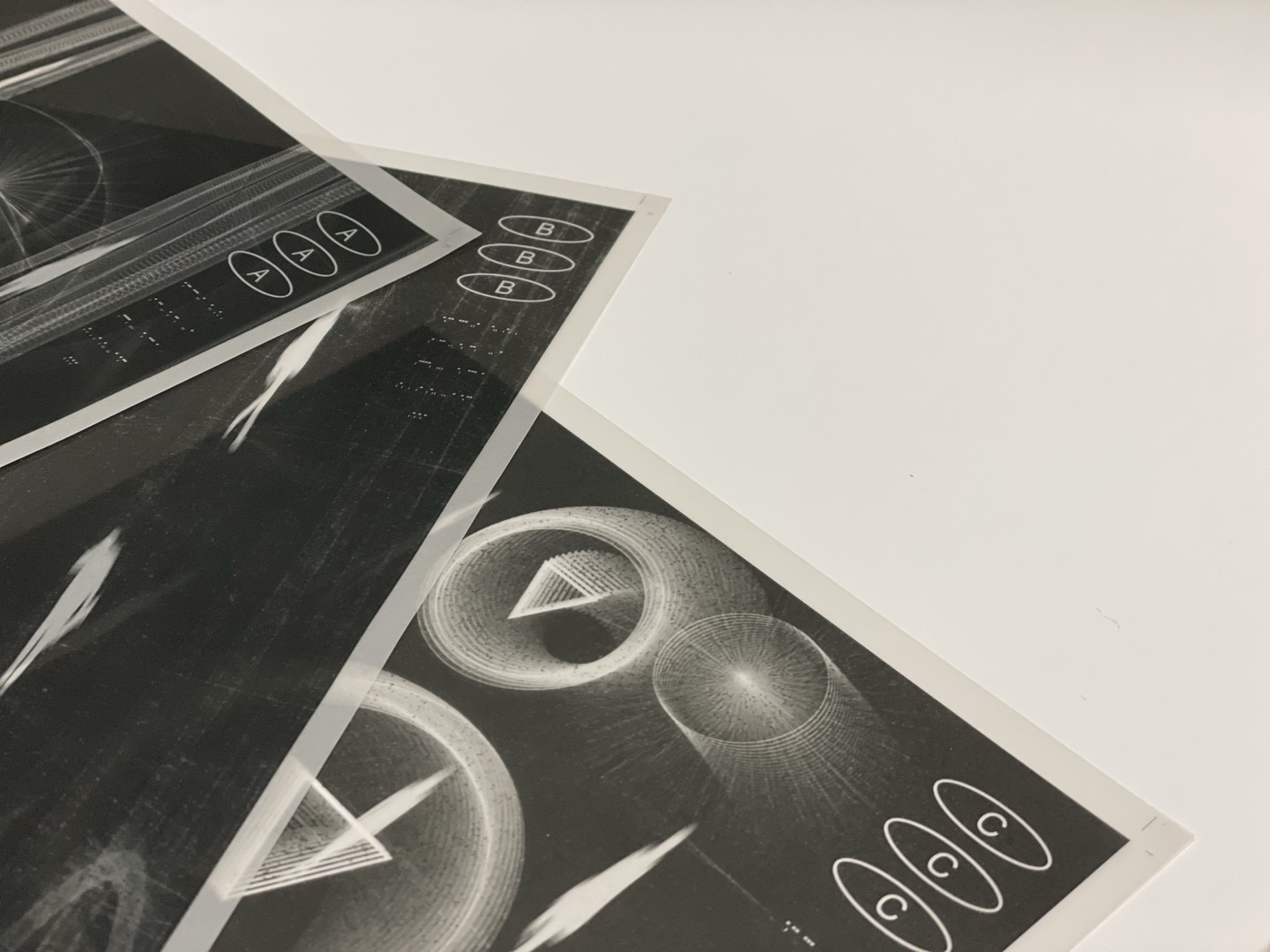
- "01:00"
- The poster titled “01:00”represents the concept of haziness, focusing on the deep sleep that often occurs around this time. Using soft, blurred elements and muted color tones, the design conveys a sense of calm and unconsciousness. The number "01:00" is subtly central, reflecting the hour when people typically fall into the deepest stages of sleep.
- Using tracing paper, we wanted to overlay those with thoughts that “it might be okay if we overlap those with transparent paper.” Because we thought the complication of the image might be upgraded if we overlap those. A, B, and C on posters mean the type of posters and the order. Morse code is also used for unconsciousness. It means “You are dreaming, this is not real.” The overall effect is dreamlike, with a foggy or misty aesthetic, symbolizing the blurred line between wakefulness and the dream state.
- 2nd
Poster 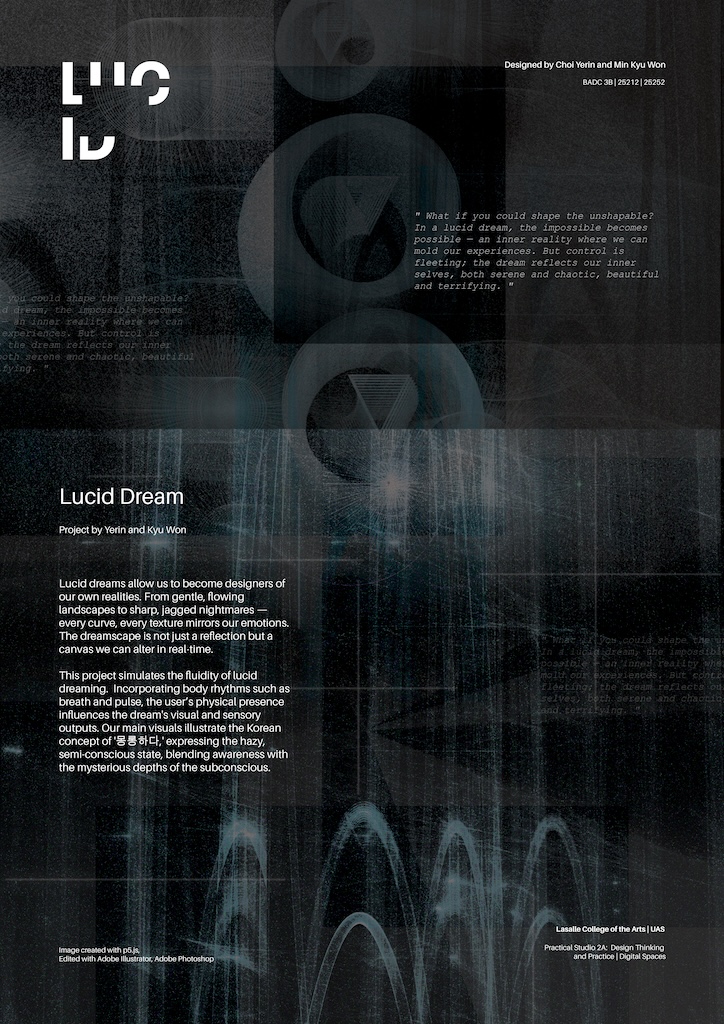
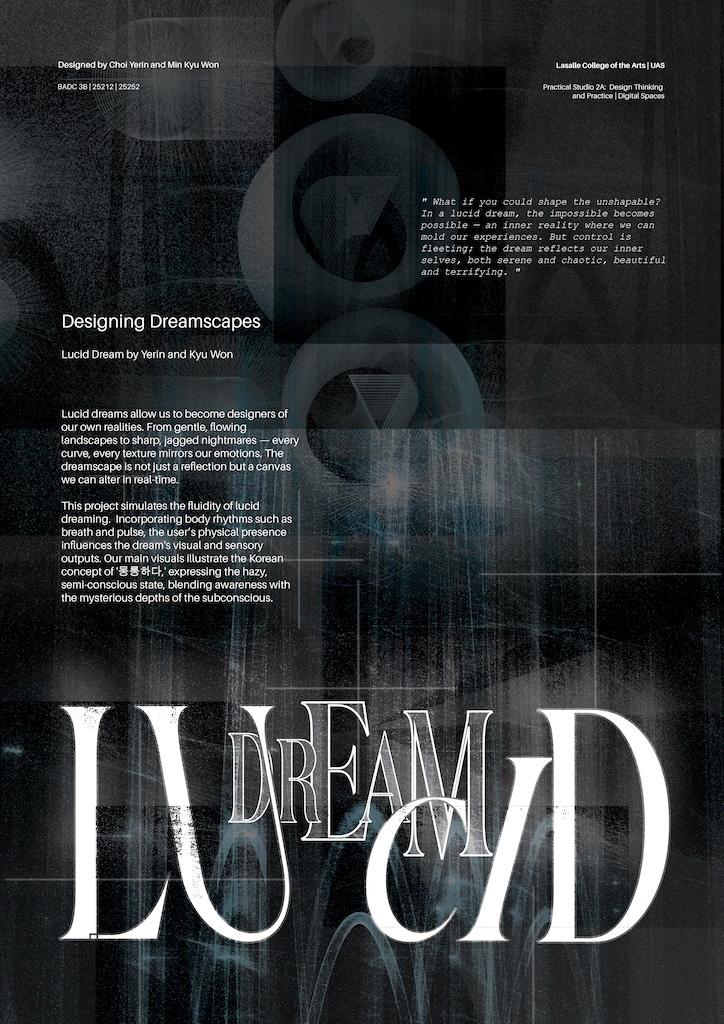
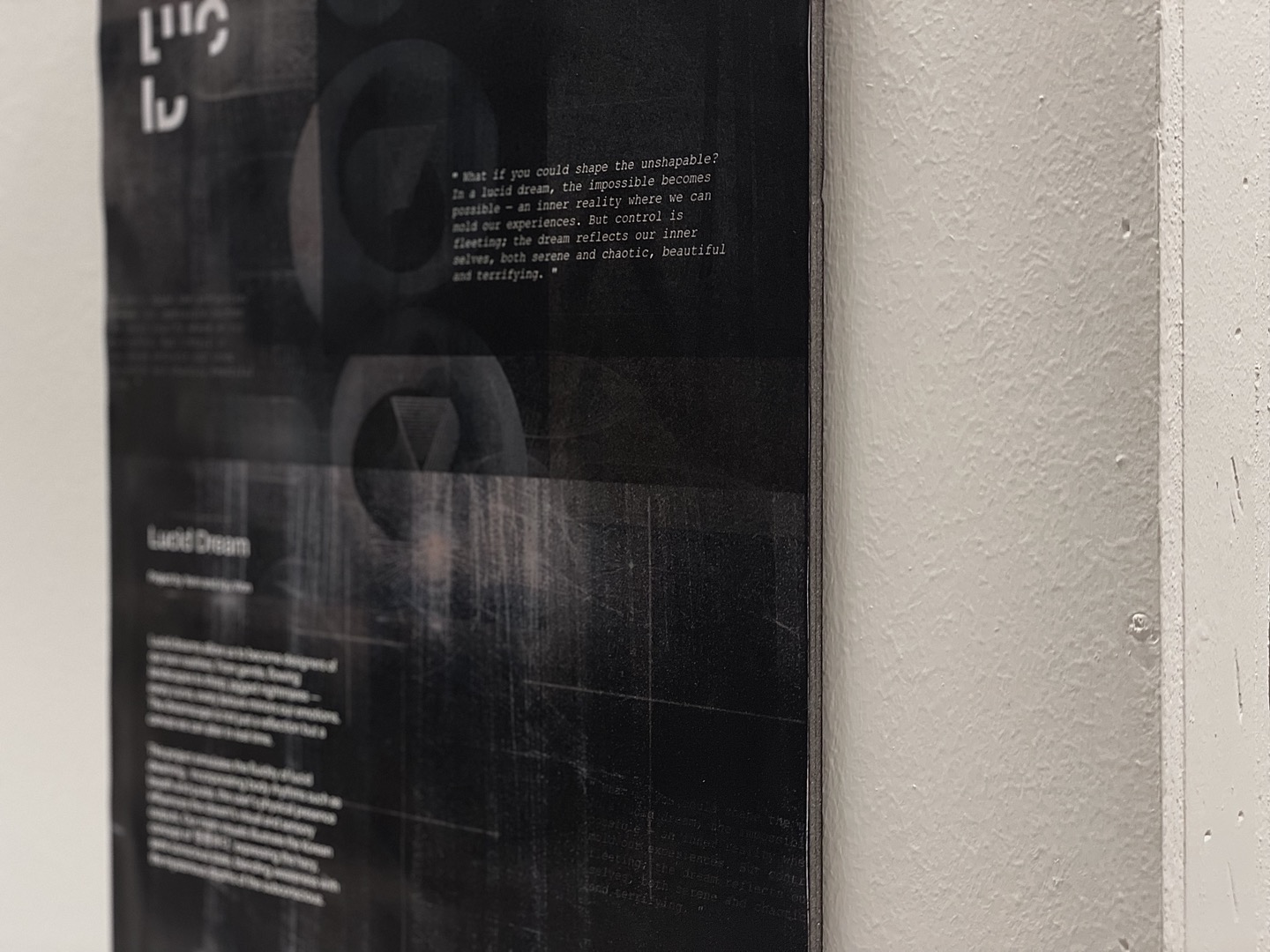
Overlapped, Tracing Paper, (210 x 297 mm) -
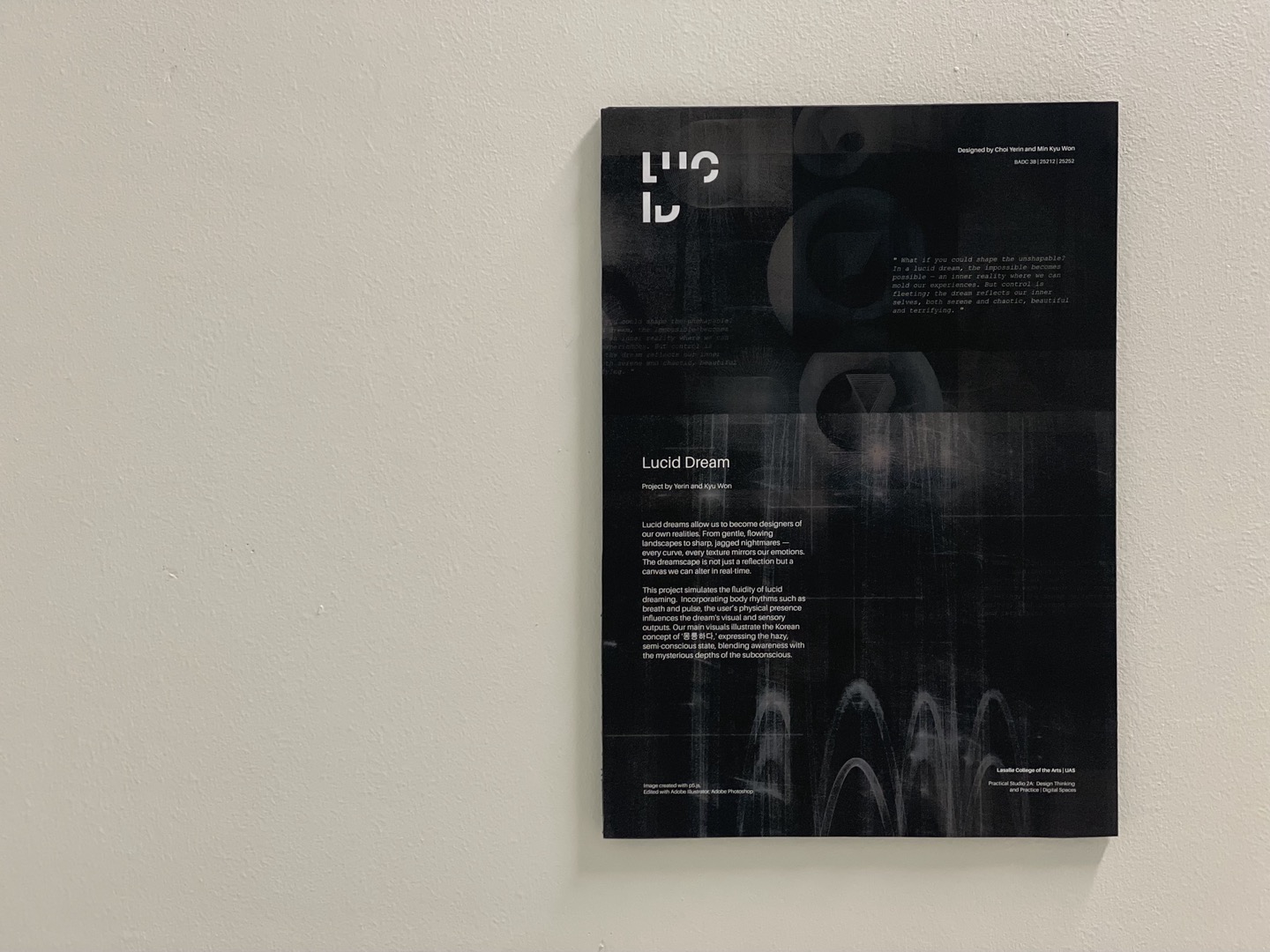
Main Poster, (297 x 420 mm) Material Wise.
Throughout the process, we observed how different materials and presentation styles significantly affect the viewer's perception of the dream-like visuals. The tracing paper introduced an extra layer of mystery and subtlety, mirroring the elusive, shifting nature of dreams. On the other hand, the main poster offered a more structured and direct representation, grounding the abstract imagery in a solid format.
This contrast between the two posters allowed us to reflect on how physical materials can enhance or change the interpretation of our theme, adding depth to the haziness and fluidity we aimed to convey.
"몽롱하다 captures the haze of semi-consciousness. It’s that twilight state between waking and dreaming, where reality seems to blur. In a lucid dream, this haziness sharpens as you realize you’re dreaming, yet the softness of sleep lingers."
During this experiment, we faced difficulties in balancing technical precision with artistic abstraction, especially in mapping body rhythms to visuals. However, after several iterations, we achieved an immersive, rewarding result that conveyed the dazed, fluid quality of dreams. The experience, though challenging, was ultimately fulfilling as it brought our concept to life through data-driven design.
